You know that feeling when you toss and turn and can't get good sleep. Your mood may be low the next morning, and you drag through the day. When your head hits the pillow at night, the cycle starts again. It can be challenging to determine what came first.
Did the low mood cause sleep problems or vice versa?
Part of the problem may be disruption of your circadian rhythm.
Your circadian rhythm is an internal system that regulates functions and activities, including your sleep-wake cycle. However, your circadian rhythms also influence energy levels, hormone balance, and mood.
Circadian rhythm and mood influence each other. Disruption to your circadian rhythms can lead to depression and depressive symptoms, and depression can worsen these disruptions.

Research in Frontiers in Neurology found that about 84% of people with depression have sleep disturbances, especially insomnia.
Modern life can also worsen disruptions, impact circadian rhythm and depression, and lead to "social jet lag." Social jet lag occurs when there is a mismatch between your social schedule and your body's natural internal clock.
For instance:
- Irregular work and school schedules
- Staying up late on weekends
- Traveling across time zones
- Late-night screen use can also lead to "social jet lag."
The good news is that several things within your control that help treat circadian rhythm issues and depression. For example, repairing your circadian rhythm by:
- Aligning it with your body's internal clock
- Natural day-night cues can improve depressive symptoms.
Natural sunlight exposure or light therapy is one of the most effective ways to realign your circadian rhythm and alleviate mild to moderate depressive symptoms.
The Science Behind the Connection: How Your Body Clock Regulates Mood
Before attempting to change your circadian rhythm, it's beneficial to understand how your body regulates its internal clock and mood.
The Master Clock and Its Messengers
Your body has a "master clock" that helps promote the release of key neurotransmitters and hormones. The suprachiasmatic nucleus (SCN) is a region in the brain that regulates the production of hormones, including serotonin and melatonin. Both of which are directly involved in mood regulation.
The process starts with exposure to light in the morning. Cells in your retina receive morning light signals from the sun that stimulate the SCN. This causes the production and release of mood-regulating neurochemicals and hormones, including melatonin and serotonin.
Serotonin affects various brain regions, including the prefrontal cortex, which plays a crucial role in controlling decision-making, emotions, and mood. When serotonin levels are balanced, you tend to feel emotionally stable and calm. However, when levels are low, they're associated with sleep problems, irritability, and depression.
Melatonin also may affect mood. Decreased melatonin can lead to impaired sleep, which can increase the risk of depression. Without light exposure to signal to the SCN, production of serotonin and melatonin may be reduced. This can subsequently adversely affect mood.

The Bidirectional Relationship: Cause and Effect
Circadian Rhythm Dysfunction Impacting Depression
Disruption to the circadian rhythm and depression may go hand in hand. For example, circadian rhythm disruption typically results in poor-quality sleep. This lack of restorative sleep alters parts of the brain, such as the amygdala, which regulates emotions. The decrease in quality sleep can make you less resilient, more prone to negative thinking, and increase low mood.
Hormone Imbalances
Disrupted circadian rhythm can also affect the production of hormones, including serotonin, dopamine, and melatonin. The resulting chemical imbalance can cause symptoms of depression, such as low mood, reduced motivation, and poor concentration.
Inflammation
The circadian clock also impacts patterns of daily immune activity. For instance, at certain times of the day, the body produces inflammatory molecules, such as cytokines, to aid in tissue repair. The production of the cytokines peaks and then decreases.
If circadian rhythm disruption occurs, the timing of the inflammatory molecules becomes disorganized. This disruption may lead to elevated pro-inflammatory cytokines and an increased level of inflammation and oxidative stress. Rising levels of inflammation are now recognized as a potential factor in depression.
Specific populations may be at a higher risk for circadian rhythm depression. For example:
- Shift workers
- People who often fly across time zones
- And those with social jet lag may be more likely to develop a circadian rhythm mismatch.
How Depression May Worsen Circadian Rhythm Disruption
The link between circadian rhythm and depression is bidirectional. As mentioned above, circadian rhythm disruption may increase the risk of depression. However, depressive symptoms may also exacerbate circadian disruptions. This can occur in a variety of ways, including:
- Lower motivation can disrupt daily activities, such as meals and exercise. This change affects the signals sent to the SCN.
- Depression may lead to inconsistent sleep-wake cycles, which makes circadian disruption worse.
- Changes in behavior, such as withdrawing from social activities, can lead to a lack of motivation. This may lead to less time spent in the sun during the day. These factors can further affect the circadian rhythm.
- Depressive symptoms may alter the hypothalamic–pituitary–adrenal axis, which can affect hormone levels and the body's internal clock.
Individuals with depression may develop common sleep abnormalities such as:
- Early morning waking
- Insomnia
- And changes in their REM sleep patterns.
All of these sleep abnormalities can worsen circadian rhythm dysfunction.
Actionable Strategies: Using Circadian Rhythms to Treat Depression
There are various strategies you can use to promote regulating circadian rhythm to treat depression.

Chronotherapy: A Targeted Approach
Chronotherapy is a treatment method that focuses on timing behavior interventions to match the body's natural circadian rhythm. It may be used to shift or reset a disrupted sleep-wake cycle.
Chronotherapy treatment may involve gradually adjusting your sleep and wake time to move your internal clock later or earlier. For example, shifting bedtime 15 minutes earlier for a few weeks until getting to a desired wake time.

Light Therapy
Bright light therapy is one of the most effective and evidence-based non-pharmaceutical treatments available for depression. Hundreds of studies have been published on bright light therapy over four decades.
A landmark study on light therapy for treating depression involved a rigorous meta-analysis involving both:
- Seasonal depression
- And non-seasonal depression.
The 2024 meta-analysis and systematic review published in JAMA Psychiatry analyzed 11 clinical trials. The researchers found that those receiving light therapy experienced significant remission of depressive symptoms compared to a placebo light group. (40.7% to 23.5%),
Morning bright light therapy mimics natural sunlight, which helps resynchronize the body's internal clock. Similar to the sun, light therapy stimulates the brain's SCN, which helps promote serotonin and melatonin production.
It is essential to use bright light therapy correctly for optimal effects. Consider the following:
- Use bright light therapy first thing in the morning, within an hour of waking.
- Aim for 20 to 30 minutes of light therapy per day.
- Use a bright light therapy lamp that produces 10,000 lux.
- Follow the manufacturer's recommendations on the recommended distance to sit from the lamp. But it is usually 12-14 inches away.
- Do not stare directly into the light, but keep your eyes open.
- Select a high-quality, bright light therapy lamp with the necessary features, such as adjustable intensity.

Behavioral and Lifestyle Interventions
Behavior and lifestyle changes can also go a long way in regulating circadian rhythm and treating depression. Consider the following suggestions:
Consistent Sleep Schedule
It's critical to go to bed and wake up at the same time each day, including the weekends. A consistent sleep schedule helps reinforce your body's internal clock.
Blue Light Management
Blue light from screens can send signals to your brain, suppressing melatonin and impacting your sleep. Avoid light from screens for a few hours before going to bed.
Timed Exercise
Try to incorporate regular exercise into your morning or early afternoon routine. This helps reinforce circadian signals that it is daytime. Avoid late-night exercise, as it can interfere with melatonin production and ultimately disrupt your sleep.
Mindful Eating
Eating at consistent mealtimes can support metabolic rhythms, such as insulin production, which helps reinforce your internal clock. Consistent mealtimes also reinforce the rise of cortisol and body temperature during the day and their decline at night.
When to Seek Professional Help
It is critical to understand when to seek professional help for circadian rhythm and depression problems.
Recognizing the Signs
There may be instances where it's essential to visit a healthcare professional. Contact your health care provider if you experience signs of persistent sleep and/or mood issues, such as:
- Chronic insomnia
- Dependence on sleep aids or alcohol to fall asleep
- Persistent low mood
- Loss of interest in activities you used to enjoy
- Feeling of hopelessness
While chronotherapy can be highly effective, it's often a complementary treatment. It should not be a substitute for medical advice or standard therapies.
The Integrated Treatment Plan
A healthcare professional may suggest combining circadian-based interventions with other treatments, such as cognitive behavior therapy and, if necessary, medication. Circadian-based interventions often work best when combined with different types of treatment as recommended by a doctor.
It is always best to consult a medical professional to discuss the most suitable treatment strategies for your specific situation. Please note that the information listed above is provided for informational purposes only. It is not a substitute for professional medical advice.
Conclusion: Taking Control of Your Internal Clock
There is a strong association between circadian rhythms and depression. Circadian rhythm disruption can make depressive symptoms worse, and depression can disrupt circadian rhythm.
Interventions, including light therapy, can be an effective tool to reduce both circadian rhythm mismatch and symptoms of depression. A comprehensive treatment program may include light therapy, as well as lifestyle and behavioral interventions.
Taking control of your circadian health is one of the most important ways to support your well-being. Small, consistent habits can help realign your body's internal clock and enhance your energy, focus, and mood.
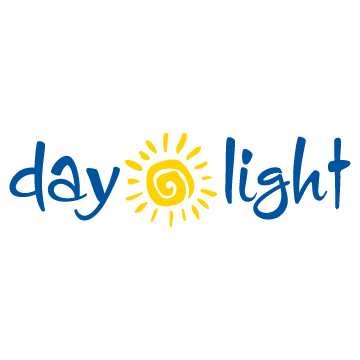
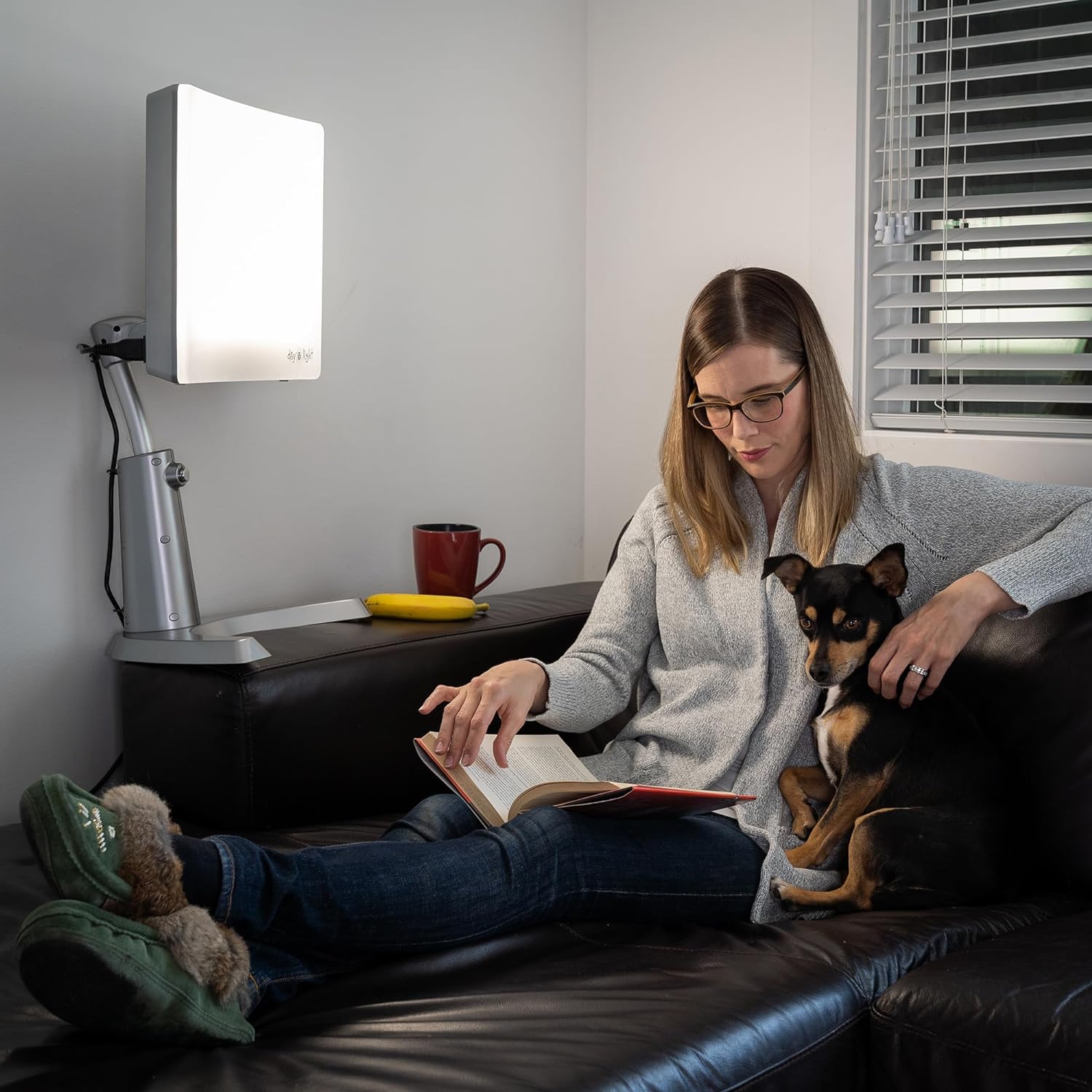

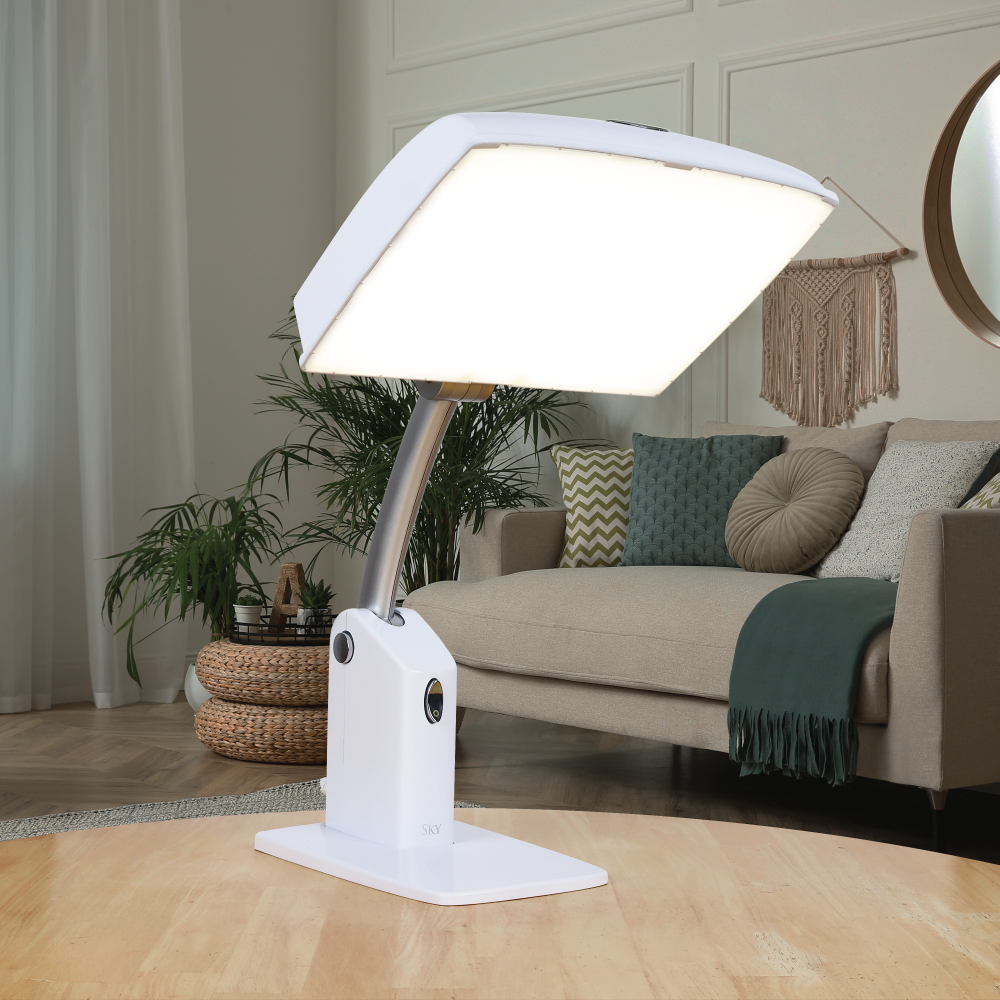
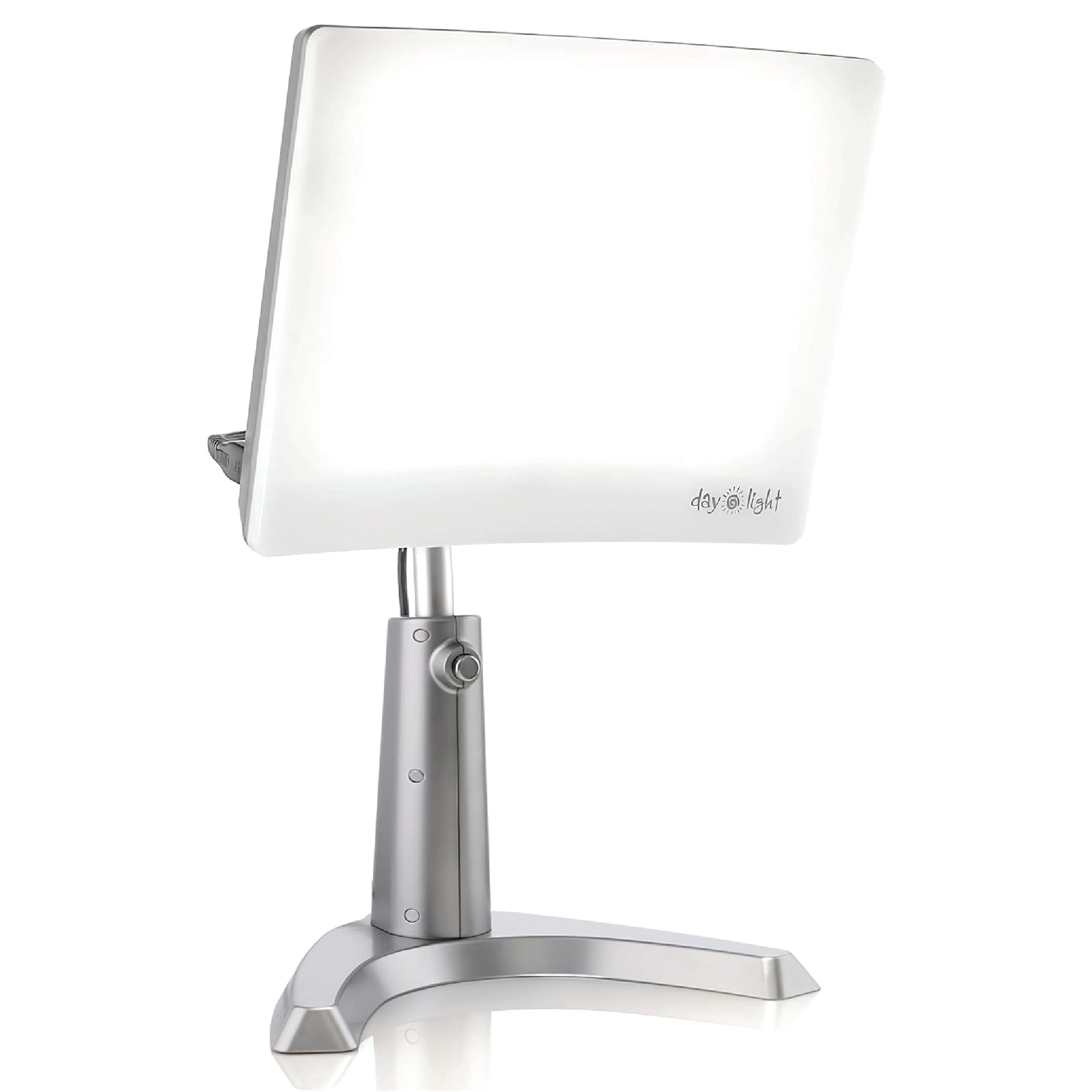

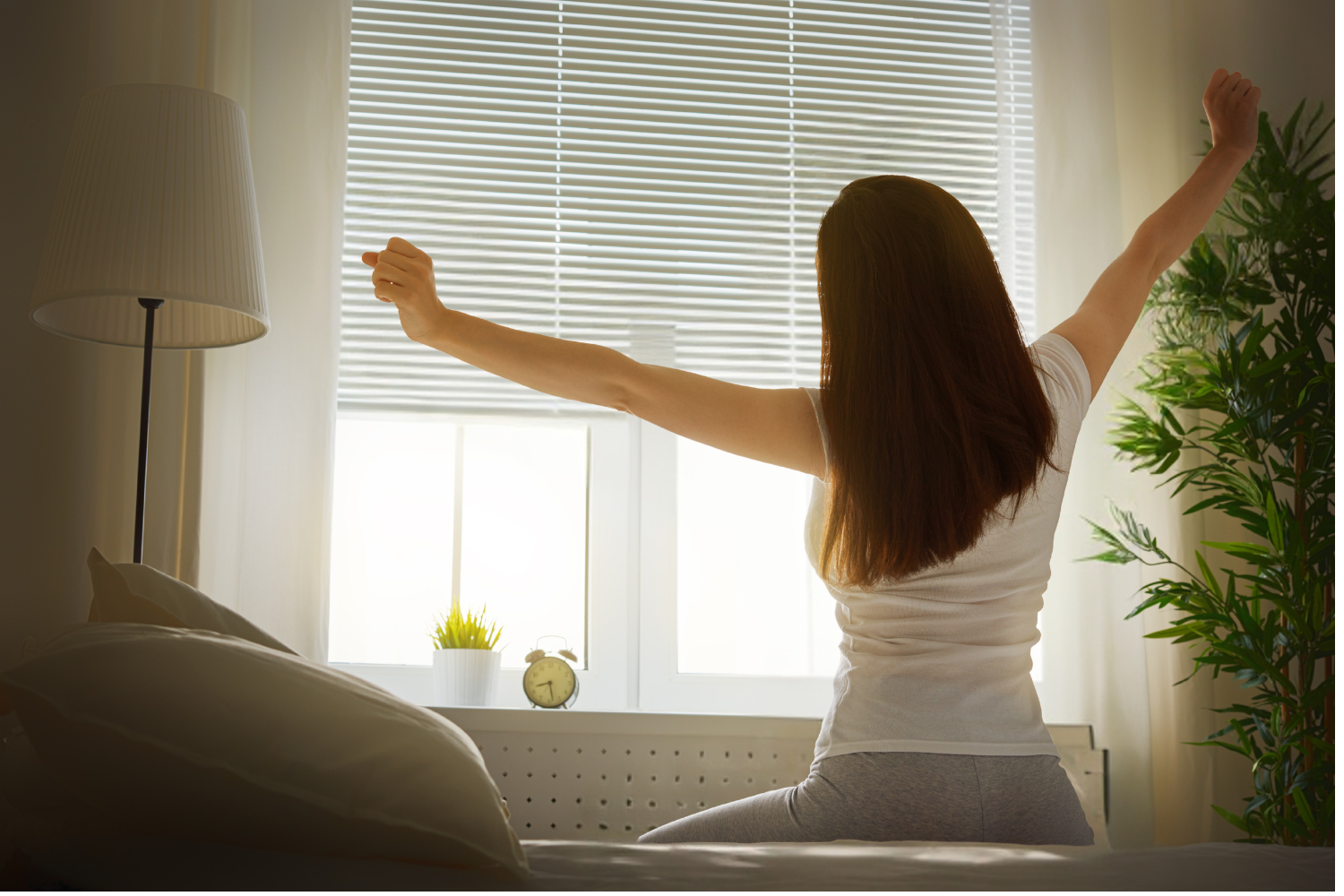
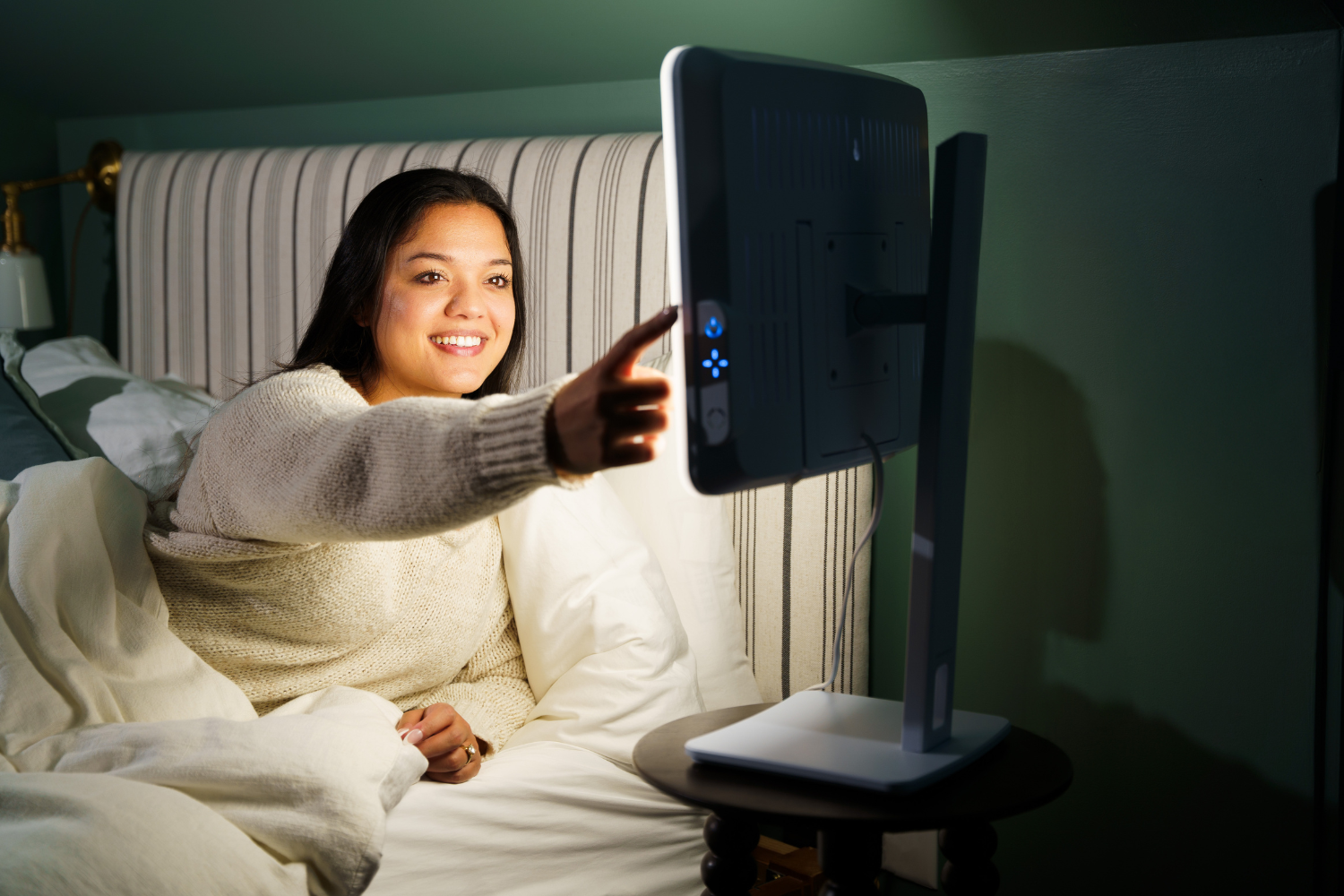
Leave a comment
All comments are moderated before being published.
This site is protected by hCaptcha and the hCaptcha Privacy Policy and Terms of Service apply.